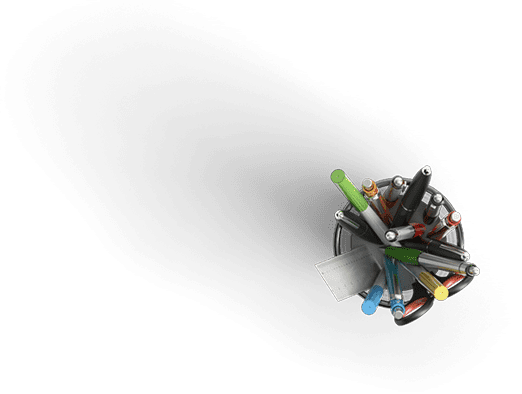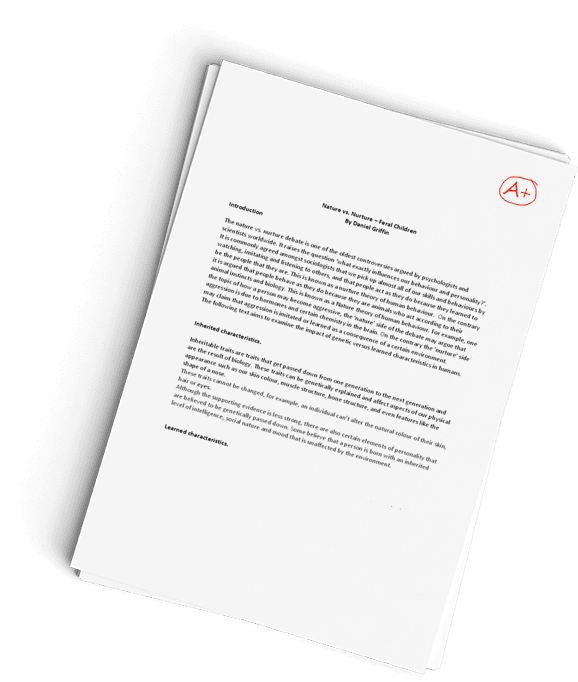MGT 430 SLU Reducing the Risk of Hacking in Autonomous Vehicles Case Study Questions
Description
Answer Questions after reading Discussion Case below
1. What steps could business, government, or individual drivers take to reduce the risk of hacking in autonomous vehicles?
2. Do you think federal or state governments should regulate the emergence of autonomous driving technology, and if so how?
Best practices for discussion posts remember discussions require at least 2 external references (in addition to your textbook) be used in your posts, and at least 1 reference in your responses. All references should be in APA 7th edition formatting and using in-text citation.
Discussion Case: The Arrival of Autonomous CarsBright Future or Looming Threat?
As Elaine Herzberg walked her bicycle across a six-lane road in Tempe, Arizona, around 10 oclock at night, she was fatally struck by a Volvo SUV, a prototype autonomous vehicle that Uber had modified to test its self-driving technology. A series of safety failures had combined to cause this fatal accident. First, the sensors mounted on the car failed to spot Herzberg in sufficient time to slow the vehicle down from its 38 miles-per-hour speed. Second, according to police video cameras, the safety driver, a human sitting in the vehicle charged with monitoring the driving, did not have his hands on the steering wheel and was apparently distracted. Third, the cars brakes were never applied by the safety driver or the cars system.
In another incident, a Tesla Model X SUV traveling on Highway 101 in Mountain View, California, slammed into a concrete highway lane divider and burst into flames, killing the driver, Wei Huang. Tesla reported that the autopilot system was engaged and provided warnings to Huang of a potential collision, but Huang failed to take control of the vehicle. According to the companys press release, Huang, had received several visual and one audible hands-on warnings earlier in the drive and the drivers hands were not detected on the wheel for six seconds prior to the collision. The driver had about five seconds and 150 meters of unobstructed view of the concrete divider . . . but the vehicle logs show that no action was taken.
While the self-driving technology was state-of-the-art in both vehicles at the time of the fatal accidents, it had not been sufficient in either case to prevent tragedy. Some thought that the problem was that the humans in the cars had simply been too slow to react to an unexpected event when they thought the car was in charge. According to Constantine Samaras, a university engineering professor, When humans are the backup systems, were pretty bad at doing [what is necessary to prevent crashes]. This is a challenge for this transition to automation, where theres this muddled mixture of human responsibility and robot responsibility.
Many saw autonomous vehicles as a way to improvenot degraderoad safety. In 2017, more than 37,000 people died in car crashes in the United States. Clearly, humans were not perfect drivers. Self-driving cars, by contrast, did not get tired, frustrated, distracted, or drunk, as humans often did when behind the wheel. A study by the Virginia Tech Transportation Institute analyzed more than 50 self-driving vehicles commissioned by Google, which had travelled about 1.3 million miles on roads in California and Texas. The Google fleet was involved in just 17 crashes over six years, with none of the incidents being the fault of the self-driving vehicles. Another study by McKinsey estimated that autonomous vehicles could reduce U.S. auto accidents by 90 percent.
However, others saw negative consequences in a world of autonomous driving. Driverless vehicles could cost truckers, taxi drivers, and other driving professionals their jobs. Already, driverless trucks were being used to move iron ore at mines in Australia, and Canadian-based Suncor Energy had automated its truck fleet, eliminating the jobs of 800 drivers. Companies engaged in other forms of transportation, such as busses, trains and airplanes, could see fewer customers, as people might choose to travel by car when if they were not burdened with the driving. If the number of accidents declined, auto repair shops and mechanics would likely have less business, and layoffs could occur.
Another issue raised by critics of autonomous automobiles was the possibility that the vehicles computer systems might be hacked. As part of a planned experiment, hackers Charlie Miller and Chris Valasek were able to access the controls of a self-driving Jeep page 279Cherokee remotely, instructing it to roll out of a parking lot and into a grassy ditch. The person in the drivers seat at the time, a journalist from Wired magazine, was not controlling the steering wheel or the pedals. Effectively safeguarding against such hacking can be challenging, since self-driving cars have far higher levels of connectivity than human-driven vehicles currently on the road.
Will autonomous vehicles be widely adopted in our society? The answer to this question is unclear. In a survey reported in The Washington Post, most Americans said they thought autonomous cars would be quite common within 15 years. Seventy-four percent, however, said they did not expect to own one, and more than 60 percent said they would not want to walk or ride a bicycle anywhere near one. A study conducted by the American Automobile Association (AAA) shortly after the Uber and Tesla accidents reported that 73 percent of Americans said they would not ride in an autonomous vehicle. Greg Bannon, director of engineering at the AAA said, Any incident involving an autonomous vehicle is likely to shake consumer trust, which is a critical component to the widespread acceptance of autonomous vehicles.
Yet, as autonomous vehicle technology gained momentum, governments stepped in to regulate. In 2017, the National Highway and Transportation Safety Administration (NHTSA) released new federal guidelines for Automated Driving Systems (ADS). By 2017, 29 states had enacted legislation governing autonomous vehicles. Some states, such as Florida and Arizona, encouraged the safe development, testing, and operation of self-driving vehicles on their public roads, seeing this as an opportunity to encourage business development. Delaware established the Advisory Council on Connected and Autonomous Vehicles, tasked with developing recommendations for innovative tools and strategies that could be used to prepare Delawares transportation network for these vehiclesan action also taken by numerous other states.
While most people expect that fatal crashes involving autonomous vehicles will occur again in the future, the question of whether self-driving cars impose an acceptable level of risk relative to their benefits to society is a matter of ongoing debate.
Sources: Study Says Self-Driving Cars Are Safer Than Human-Driven Vehicles: Should You Believe It? Tech Times, January 12, 2016, www.techtimes.com; Hackers Have Self-Driving Cars in their Headlights, Financial Times, March 15, 2018, www.ft.com; Autonomous Car Crashes: Whoor WhatIs to Blame? Knowledge@Wharton, April 6, 2018, knowledge.wharton.upenn.edu; Are Autonomous Cars Really Safer than Human Drivers? The Conversation, February 2, 2018, theconversation.com; Autonomous Vehicles/Self-Driving Vehicles Enacted Legislation, National Conference of State Legislatures, May 21, 2018, www.ncsl.org/research/transportation; 33 Industries other than Auto that Driverless Cars Could Turn Upside Down, CB Insights, May 24, 2018, www.cbinsights.com; and Most People Expect Driverless Cars to Become Common, and They Worry, The Washington Post, June 4, 2018, www.washington.post.
Have a similar assignment? "Place an order for your assignment and have exceptional work written by our team of experts, guaranteeing you A results."








